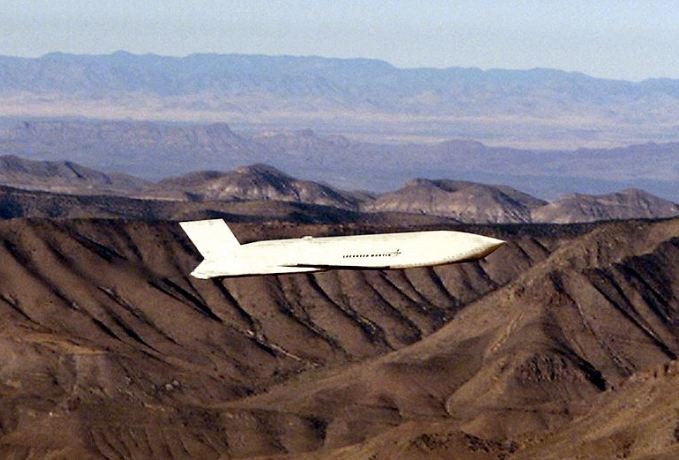The U.S. Air Force has taken complete delivery of its first 2,000 AGM-158 Joint Air-to-Surface Standoff Missile (JASSM), a smarter, longer-ranged and more lethal cruise missile that replaces the Tomahawk as its main weapon in destroying enemy warships and critical land targets.
On the other hand, the U.S. Navy is awaiting the anti-ship version of this weapon, the autonomous AGM-158C Long Range Anti-Ship Missile (LRASM), which has a new seeker and an artificial intelligence (AI) as its brains. LRSAM will replace the Harpoon cruise missile.
The JASSMs delivered by Lockheed Martin to the Air Force include the baseline JASSM with a range of close to 400 km and JASSM-ER missiles with a range of 1,000 km. ER stands for "extended range." The Air Force is awaiting delivery of a further 2,700 JASSMs.
Lockheed Martin said JASSM and JASSM-ER are the only long-range, all-weather, stealthy cruise missiles capable of defeating high-value, well-defended current and future threats.
Armed with a penetrating blast-fragmentation warhead, JASSM and JASSM-ER can be used in all weather conditions. Both missiles use an enhanced digital anti-jam GPS receiver and infrared seekers to lock onto specific points on targets.
JASSM, which is effective against fixed and mobile targets, is integrated on the Air Force's B-1B, B-2, B-52, F-16 and F-15E aircraft.
Using its AI, LRASM can find a warship target on its own from among a fleet of enemy warships. A multi-mode seeker guided by the AI ensures the correct warship is hit in a specific area to maximize the probability of sinking the target.
The AI enables autonomous targeting by using on-board targeting systems to independently acquire a target without the need for prior precision intelligence, GPS or data-links. These capabilities allow positive target identification and the precision engagement of moving warships in an enemy fleet heavily defended by surface-to-air missiles (SAMs) and electronic countermeasures. The missile is designed with counter-countermeasures to evade active defense systems on enemy ships.
LRASM will be an effective counter to the capabilities of the People's Liberation Army Navy (PLAN) that relies on long-range anti-ship missiles (ASMs) and SAMs for its offensive and defensive power. Its warhead is a 450 kg blast-fragmentation penetrator.
LRASM is compatible with the Mk 41 Vertical Launch System on many US Navy warships. It will also arm F/A-18E/F Super Hornets, which will be able to carry two missiles, and the F-35C Joint Strike Fighter (two LRASMs).
A U.S. Air Force B-1 can carry up to 24 LRASMs. The B-2, B-52, F-15E Strike Eagle and F-16 will also be armed with the AI missile.



























